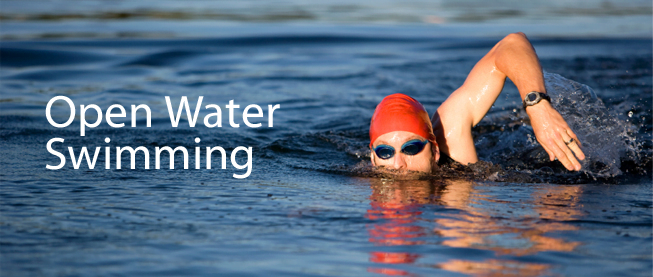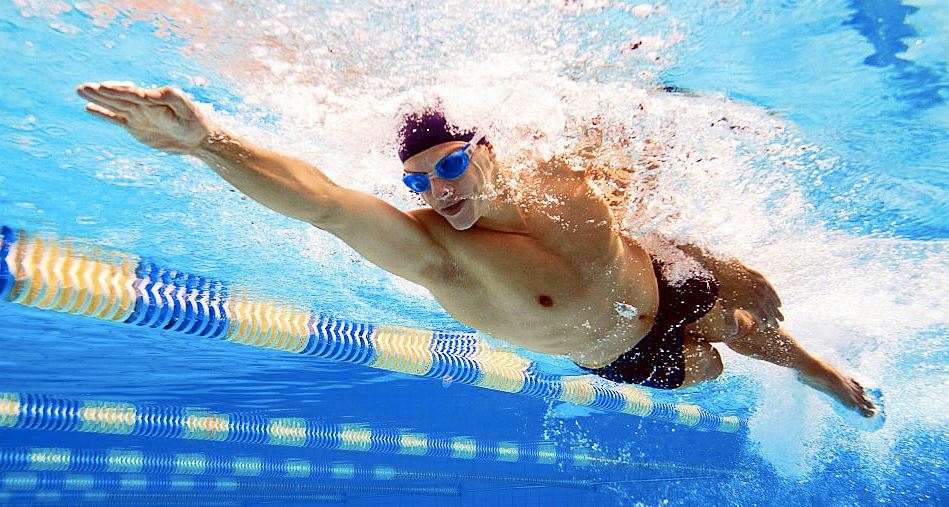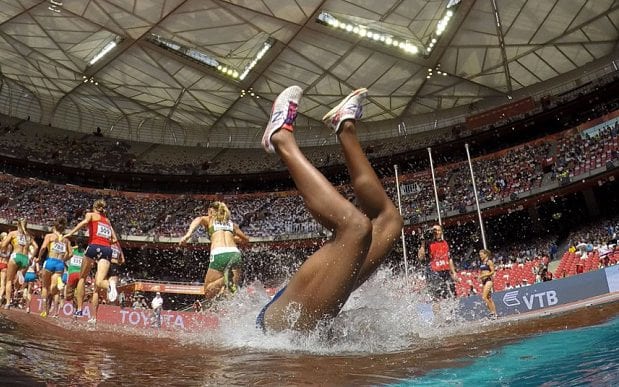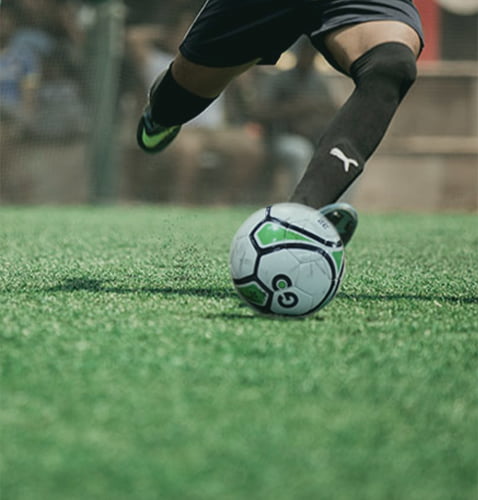Open water swimming techniques – A guide to sighting outdoors
Open water swimming isn’t that similar when compared to the swimming pool. Factors like temperature difference, rough water, poor visibility, no lanes can be challenging for swimmers. Unlike the pool, here there are no rest breaks.
One practical example is swimming in the pool will involve maybe 20 strokes at a time while open water swimming will involve 100 strokes. This drains you out of your energy as well. Open-water swimming or triathlon not only improves your immune system but also improves blood circulation.
The cold water triggers reactions in your body to produce WBCs (white blood cells). In return, these WBCs fight infections and increase blood flow to different parts of your body. Follow these tips for your next open-water swim.
- Sighting
Sighting means to spot something in the distance and aiming at it to swim straight in the open water. The key is to practise swimming in a straight line. Use the first sight to locate a marker, second to adjust your angle and the third to verify your direction.
Don’t bring your entire head above water. This will cause your hips to drop and will slow you down. Avoid sighting for the first time in the open water. You may consider sighting in the pool first.
- Strokes
Strokes are a vital part of this open water swimming. The most efficient one is the Front Crawl Technique. This technique requires you to keep your elbow slightly bent before entering the water. Next, look forward and down having the water level between your eyebrows and headline.
Then, kick with a steady and slow motion. Close your legs and relax your ankles. Ensure that your spine and head are constant. Be cautious to move your head while rotating to breathe. Reach your hand forward before pulling back.
- Breathing both ways
In triathlon, it is quite mandatory to breathe on the alternate sides. Since it’s not quite natural, you may consider it practising in the pool first. The trick is to practice your head join the rotation of your shoulders.
Inhale sharply and then turn your face smoothly back in time with your shoulder rotation. The necessity of breathing two ways lies in the presence of another swimmer next to you. You got to watch out for swimmers on both sides of you to avoid splashing or getting hit in the face.
- Arrowhead drafting
Swimming in someone else’s slipstream is called drafting. Arrowhead drafting is a better technique which requires you to sit to the side and slightly behind another swimmer. This helps you be on pace with the other swimmers but guards you against clashing their arms.
The key is to swim beside a faster and larger swimmer. Always try to be between their ankles and hips so that you can benefit from their bow waves (waves created by the lead swimmer).
- Dolphin Diving
This technique involves diving by pushing forward from a standing position off the bottom. In open water swimming, you will be running in until knee-high, and then dolphin dive under the water breaks. Keep your head down and fixed between your arms. While looking up, you will slow down.
When you’re to finish the triathlon or to the river bank, use the waves as momentum to push you forward to the shore. Make sure that you look out for another wave by looking back slightly while turning your head to your belly hits the sand on the shore.
- Group swimming
It’s advisable that you practice group swimming with four or five of your swimming mates in one lane of the pool before you begin open water swimming. Have your group of friends and take turns being the lead swimmer.
The trick is work on short sprints and harder swims in order to balance the stress of open water swimming. Ensure that your group rotates every 100m or so. It’s the lead swimmer’s responsibility to try and drop the guys behind while in the open water.
Conclusion:
The most important part of this practice is to remain guarded and have fun. Go ahead and ace open water swimming!
TAG US ON INSTAGRAM!





0 Comments